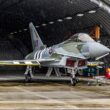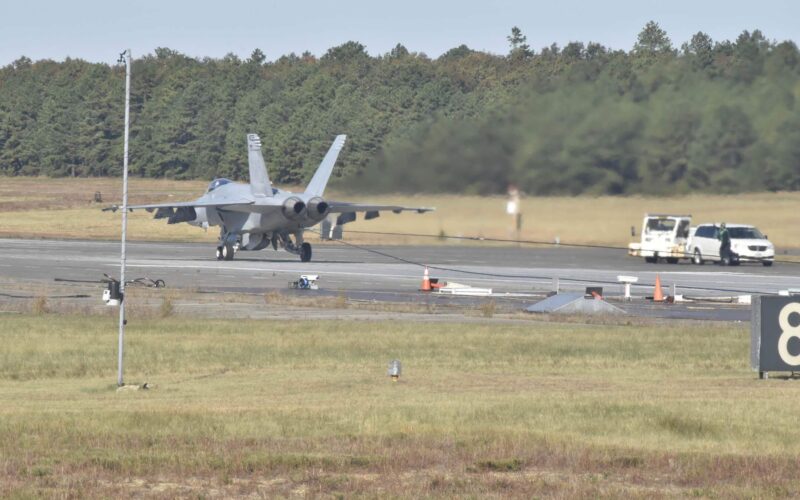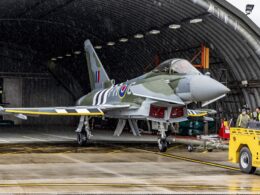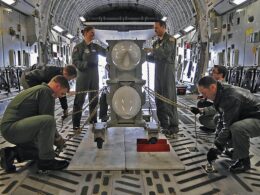The U.S. Navy announced that its newest aircraft recovery system, the Advanced Arresting Gear (AAG), had successfully completed its most demanding test event to date with 22 aircraft arrestments in just over 26 minutes.
The two days of testing took place on October 23 and 24, 2019, at the Runway Arrested Landing Site (RALS) in Lakehurst, New Jersey. They aimed at evaluating the system’s capacity to dissipate heat during intense operation, reflecting conditions encountered on an aircraft carrier.
The AGG, developed by General Atomics, should eventually be installed on the USS Gerald R. Ford (CVN-78) and, later down the line, its two sister-ships the USS Kennedy (CVN-79) and the USS Enterprise (CVN-80). Thus, it needs to meet precise operational requirements.
“This never-before accomplished test event was effectively executed with herculean efforts by a collaborative program office-fleet team,” said Ken Sterbenz, Aircraft Launch and Recovery Equipment program manager, in a Navy statement published on November 18, 2019.
The AGG will be used in parallel with the Electromagnetic Aircraft Launch System (EMALS), another innovation also developed by General Atomics, which is currently being tested by the Navy. Thanks to a progressive acceleration, this technology reduces the stress suffered by the aircraft fuselage compared to a traditional CATOBAR catapult that relies on steam energy. The force applied can be controlled more precisely, allowing for a wider range from the lightest unmanned aerial vehicles to the heaviest manned fighters. Its maintenance is also more simple.
As of September 2019, the EMALS test program has completed more than 3,800 dead-loads (using weighted sleds) and over 530 aircraft launches at the System Functional Demonstration test site.
To date, only an F/A-18F Super Hornet was successfully launched from the USS Gerald R. Ford using the EMALS system, on July 28, 2017. The next testing phase, to start in early 2020, should see shipboard operations of the T-45C Goshawk, E-2C/D Advanced Hawkeye and EA-18G Growler.
The USS Gerald R. Ford, the largest aircraft carrier in history, was formally commissioned in July 2017, two years behind schedule. Her first active deployment should not take place before 2022.









